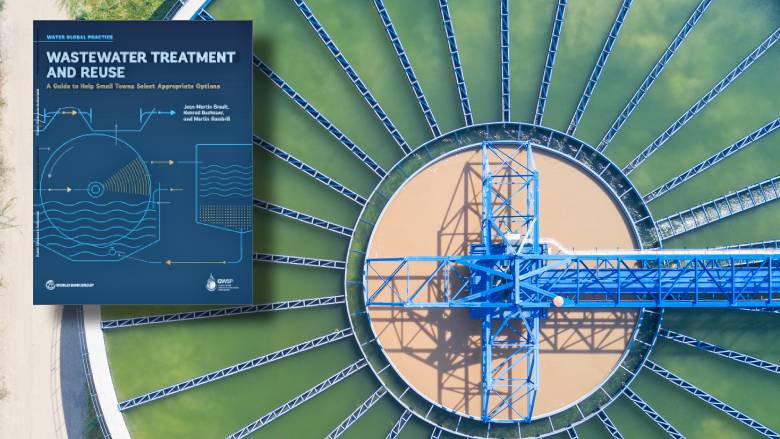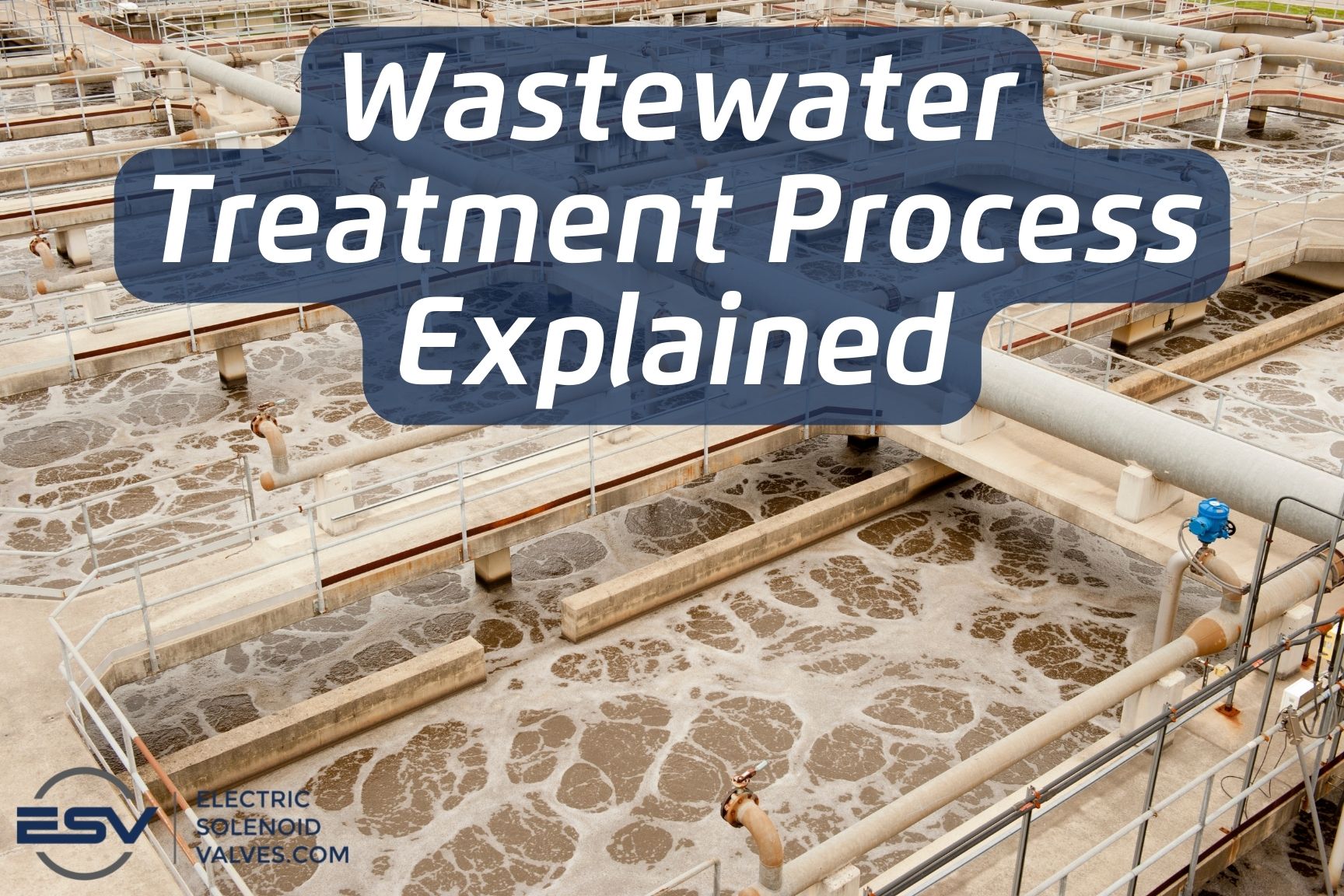Strategic Approaches to Enhance Waste Water Therapy Efficiency and Minimize Environmental Effect
In the world of waste water therapy, the mission for improved efficiency and lowered ecological effect is a perpetual challenge that requires tactical solutions. The combination of advanced therapy innovations, energy-efficient procedures, source recuperation approaches, improved nutrient removal strategies, and wise surveillance and control systems stands for a multifaceted framework for dealing with these pushing worries.
Advanced Therapy Technologies
Cutting-edge membrane filtering systems have reinvented innovative wastewater therapy procedures, considerably improving the elimination of pollutants. This modern technology has confirmed to be highly efficient in removing a broad range of impurities, consisting of drugs, hefty metals, and organic compounds, which are typically testing to remove with standard treatment methods.
In addition, membrane layer filtration systems offer countless advantages over traditional treatment strategies. In addition, these systems are extremely functional and can be quickly integrated right into existing therapy plants or used as standalone devices for decentralized applications.
Energy-Efficient Processes
The integration of energy-efficient procedures in wastewater treatment systems is essential for optimizing resource application and minimizing functional expenses. By implementing energy-efficient modern technologies, treatment plants can dramatically decrease their carbon footprint and overall ecological impact. One crucial approach to improving power effectiveness in wastewater treatment is the application of innovative aeration systems, such as great bubble diffusers or surface aerators, which can enhance oxygen transfer efficiency and lower energy usage. In addition, incorporating energy recuperation systems, like anaerobic digestion for biogas manufacturing or making use of excess heat for thermal processes, can assist balance out power demands and promote sustainability.
In addition, optimizing process control and automation with making use of innovative sensing units and keeping an eye on systems can improve total power performance by adjusting operations in real-time based on real need and problems. Applying power audits and frequently keeping an eye on power efficiency indications are crucial techniques to recognize locations for improvement and track energy-saving initiatives properly. On the whole, the fostering of energy-efficient procedures in wastewater therapy not just profits the atmosphere however likewise adds to long-term cost financial savings and functional sustainability.
Resource Healing Techniques
With a focus on optimizing resource use and sustainability in wastewater therapy systems, the application of resource recuperation methods arises as a pivotal aspect in boosting operational effectiveness. Resource healing approaches in wastewater treatment involve the recognition and extraction of beneficial resources from the waste stream, consequently turning what was when taken into consideration waste right into a beneficial possession. By implementing resource healing methods such as nutrient removal and recovery, energy generation from natural issue, and the manufacturing of reusable water, wastewater therapy plants can decrease environmental effect while taking full advantage of efficiency.

Improved Nutrient Elimination Techniques
Applying sophisticated nutrient removal strategies is crucial for maximizing the efficiency of wastewater treatment systems. One of the vital strategies made use of for improved nutrient removal is the procedure of biological nutrient elimination (BNR), which entails the removal of nitrogen and phosphorus through organic procedures.

In addition to BNR, progressed visit this page treatment approaches such as membrane layer bioreactors (MBRs) and created wetlands can additionally be used to enhance nutrient removal performance. MBRs utilize membrane layers to achieve premium effluent standards by properly removing nutrients and suspended solids. Constructed wetlands mimic natural marsh processes to remove nutrients with plant uptake, microbial task, and sedimentation. By integrating these innovative nutrient elimination strategies right into wastewater treatment systems, districts and sectors can effectively lower nutrient contamination and secure the atmosphere.
Smart Surveillance and Control Equipment
Making use of innovative innovation, the combination of smart surveillance and control systems changes the functional effectiveness of wastewater treatment centers. These systems integrate advanced sensing units and information analytics to constantly keep track of essential specifications such as pH levels, turbidity, dissolved oxygen, and flow prices in real-time. By gathering and examining this data, drivers can obtain beneficial insights right like it into the performance of the therapy processes, allowing positive adjustments to enhance treatment performance.
Smart tracking and control systems additionally support remote monitoring abilities, allowing operators to access real-time data and control functions from off-site places. This remote ease of access boosts operational versatility and responsiveness, enabling quick treatments in case of system malfunctions or changes in influent quality. Additionally, the anticipating upkeep capabilities of these systems aid avoid tools failures and lessen downtime, eventually improving the overall integrity of wastewater therapy procedures (Waste Water Treatment).
Verdict
In final thought, tactical approaches such as sophisticated therapy technologies, energy-efficient processes, resource healing approaches, improved nutrient elimination techniques, and wise tracking and control systems play an essential function in improving wastewater treatment performance and decreasing ecological impact. By carrying out these strategies, wastewater therapy plants can boost their total efficiency, decrease power usage, recuperate beneficial sources, and guarantee conformity with ecological laws. These strategies are vital for efficient and sustainable wastewater administration methods.

In verdict, tactical strategies such as sophisticated therapy innovations, energy-efficient procedures, source recuperation methods, boosted nutrient removal strategies, and smart surveillance and control systems play a critical function in boosting wastewater treatment effectiveness and reducing ecological effect.